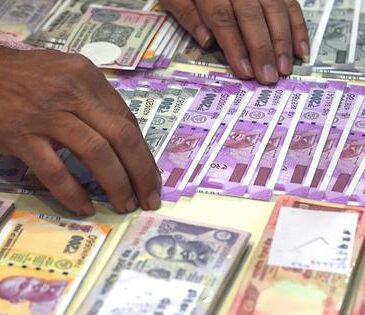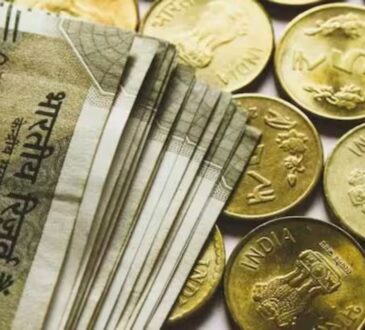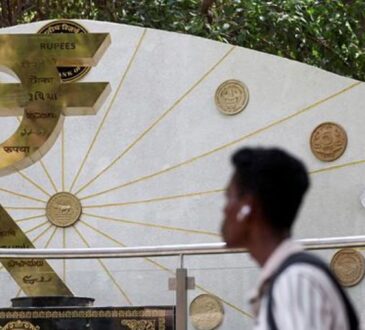Emerging market carry trades are taking off again, as currency volatility subsides amid signs President Donald Trump’s aggressive tariffs may not get fully enacted.
An index of carry returns — for which a trader borrows in a low-yielding currency and then invests in another offering higher returns — hit a seven-year high in late May. Asset managers have boosted long positions in developing-nation currencies in recent weeks, with those on Mexico’s peso reaching a nine-month high, based on CME Group Inc. data.
“Carry trades at this juncture, they do make sense,” said Ali Bora Yigitbasioglu, a senior investment manager for fixed income at Pictet Asset Management in London. Given the White House has eased off some of its aggressive trade policies, “the carry currencies are definitely poised to benefit,” he said.
The strategy — which performs best in periods of low volatility — became very popular from about 2020 with most trades funded in the ultra-low-yielding yen. Those positions were suddenly upended in August following a Bank of Japan interest-rate hike that triggered a surge in the currency.
Sentiment towards carry trades has been re-energised in recent weeks as global trade tensions have eased. A gauge of global currency volatility compiled by JPMorgan Chase & Co. dropped to 8.7 per cent on Friday from as high as 11 per cent in early April.
Pictet’s Yigitbasioglu said his favourite carry-trade targets include the Chilean peso and South Korean won, which are likely to appreciate after the country elects a new president on June 3.
The carry trade has been generating an increasing number of headlines recently in Asia. The Taiwan dollar surged in early May as gains in the currency led to a rush to exit positions using it as a funding currency. The Hong Kong dollar slid to the weak end of its trading band in late May as falling local interest rates led traders to use it as a funding vehicle.
The outlook for further monetary-policy easing in China means the yuan too “is becoming a very attractive funding currency,” said Ju Wang, head of Greater China foreign-exchange & rates strategy at BNP Paribas SA in Hong Kong.
Moderating inflation in many emerging-market economies means that real yields on their bonds are relatively attractive. That’s one reason why Brazil’s real features high on the list of attractive longs at Goldman Sachs Group Inc. and ING Groep NV.
Goldman Sachs sees the current state of global markets as beneficial for carry trades, and considers both the dollar and Swiss franc attractive as funding currencies
“The best environment for carry trade is often the ‘not too hot not too cold’ economic environment,” said Kamakshya Trivedi, the bank’s head of global foreign exchange and interest rates.
One drawback of using the dollar to fund carry trades is the fact US interest rates are relatively high. But the prospect of further dollar weakness means a number of high-yielding currencies in Latin America may perform well, according to RBC BlueBay Asset Management.
“We think funding emerging-market longs out of US dollars is the most sensible at this point,” said Anthony Kettle, the firm’s senior portfolio manager in London.
Still, with the European Central Bank almost certain to lower borrowing costs for an eighth time this week, the euro has its appeal.
“There’s probably some downside to euro until June, so I’m happy to use it as a funder for now,” said Wim Vandenhoeck, a senior portfolio manager at Invesco Ltd., referring to his tactical trade of going long the South African rand. He also has positions favouring the Brazilian real and Turkish lira funded in dollars, he said.
Key events to watch this week:
- June 1: Final round of Poland’s presidential election; Mexicans elect federal judges as part of a judicial overhaul
- June 2: Hungary GDP; South Africa GDP; China Caixin manufacturing PMI
- June 3: South Koreans vote for a new president after Yoon Suk-yeol was ousted following his imposition of military rule
- June 4: Poland rate decision; South Korea GDP, CPI
- June 5: Brazil trade data; China Caixin services PMI; CPI data for Taiwan, Thailand and Philippines
- June 6: Rate decisions in India, Russia; Chile CPI
More stories like this are available on bloomberg.com
Published on June 2, 2025




